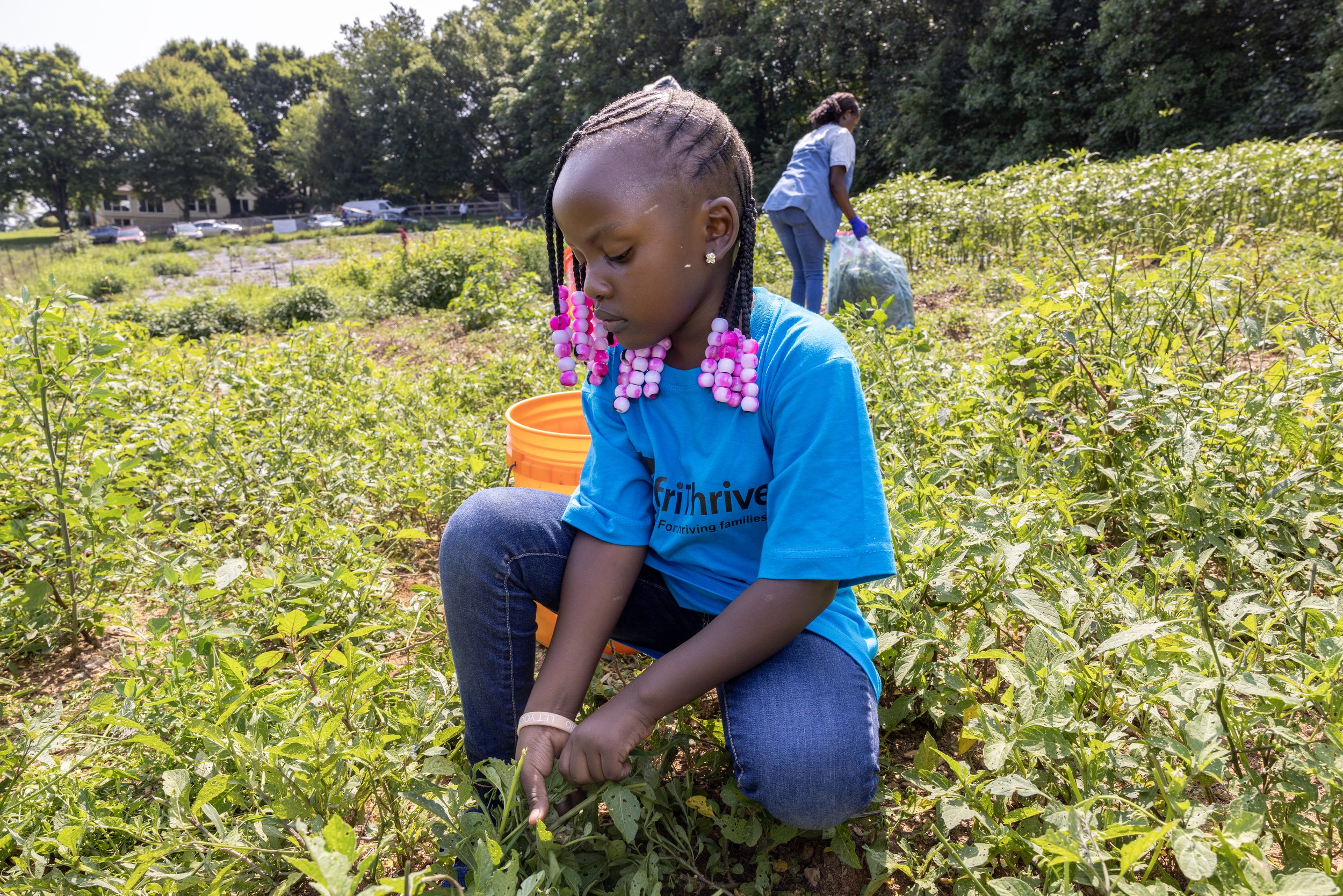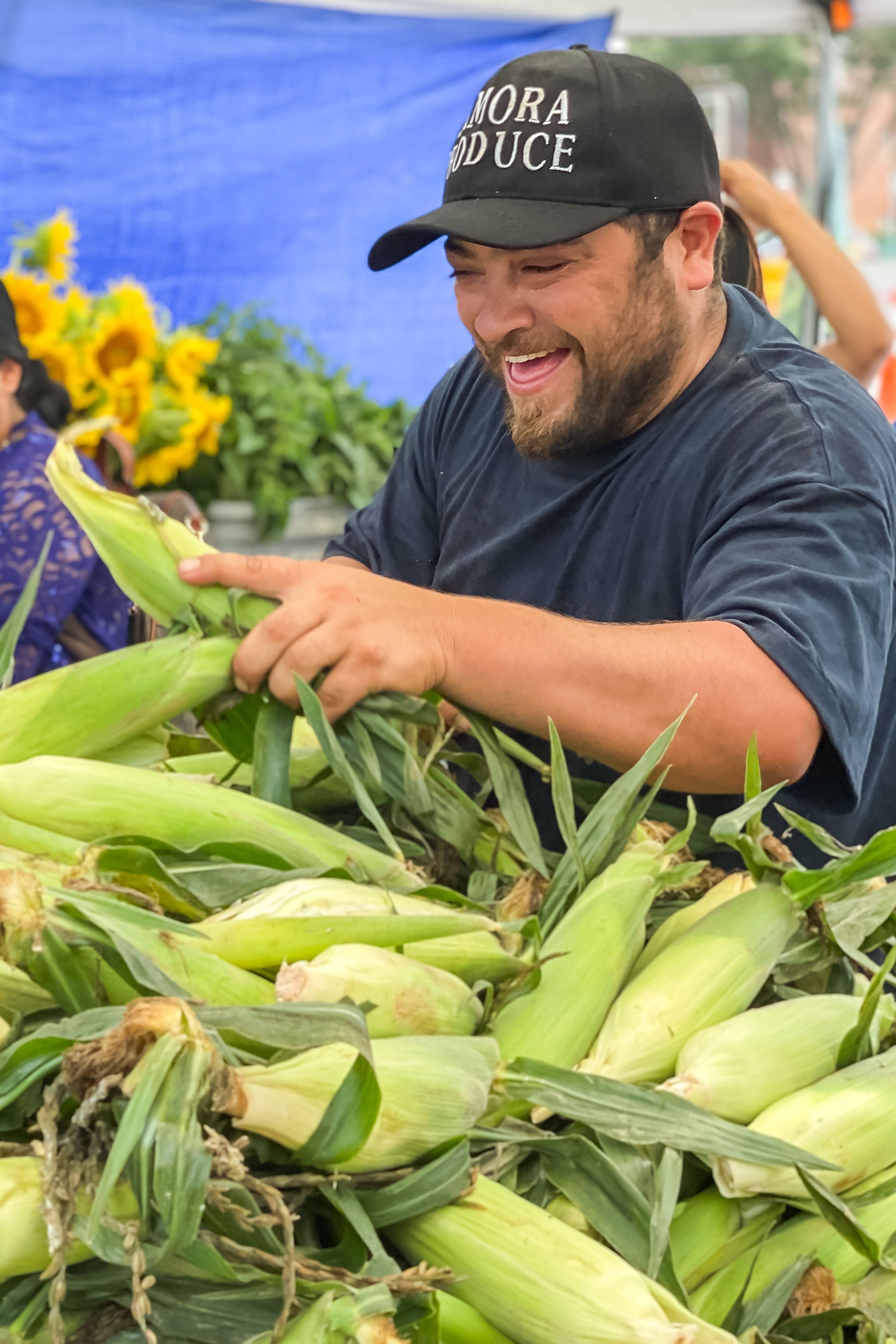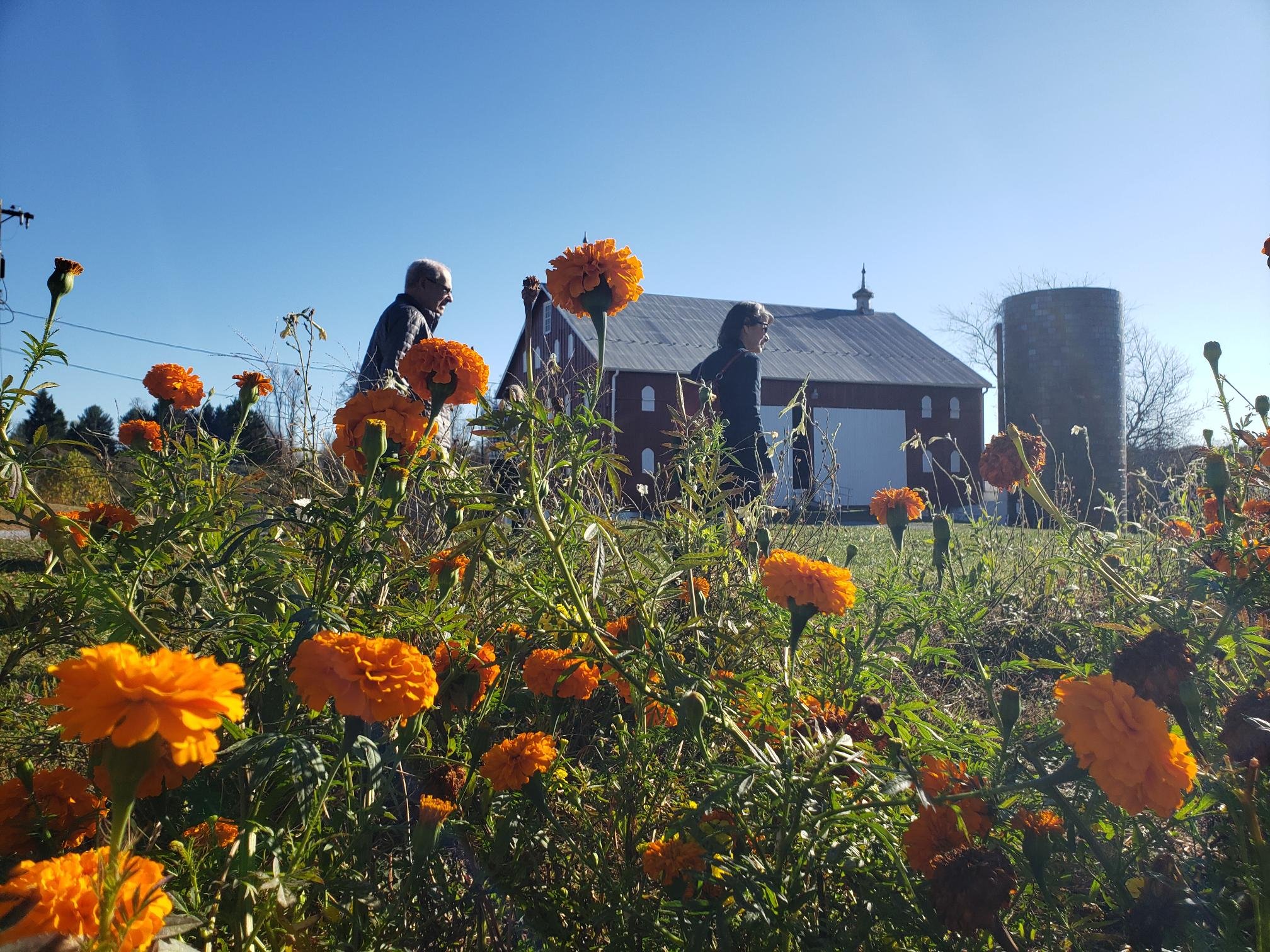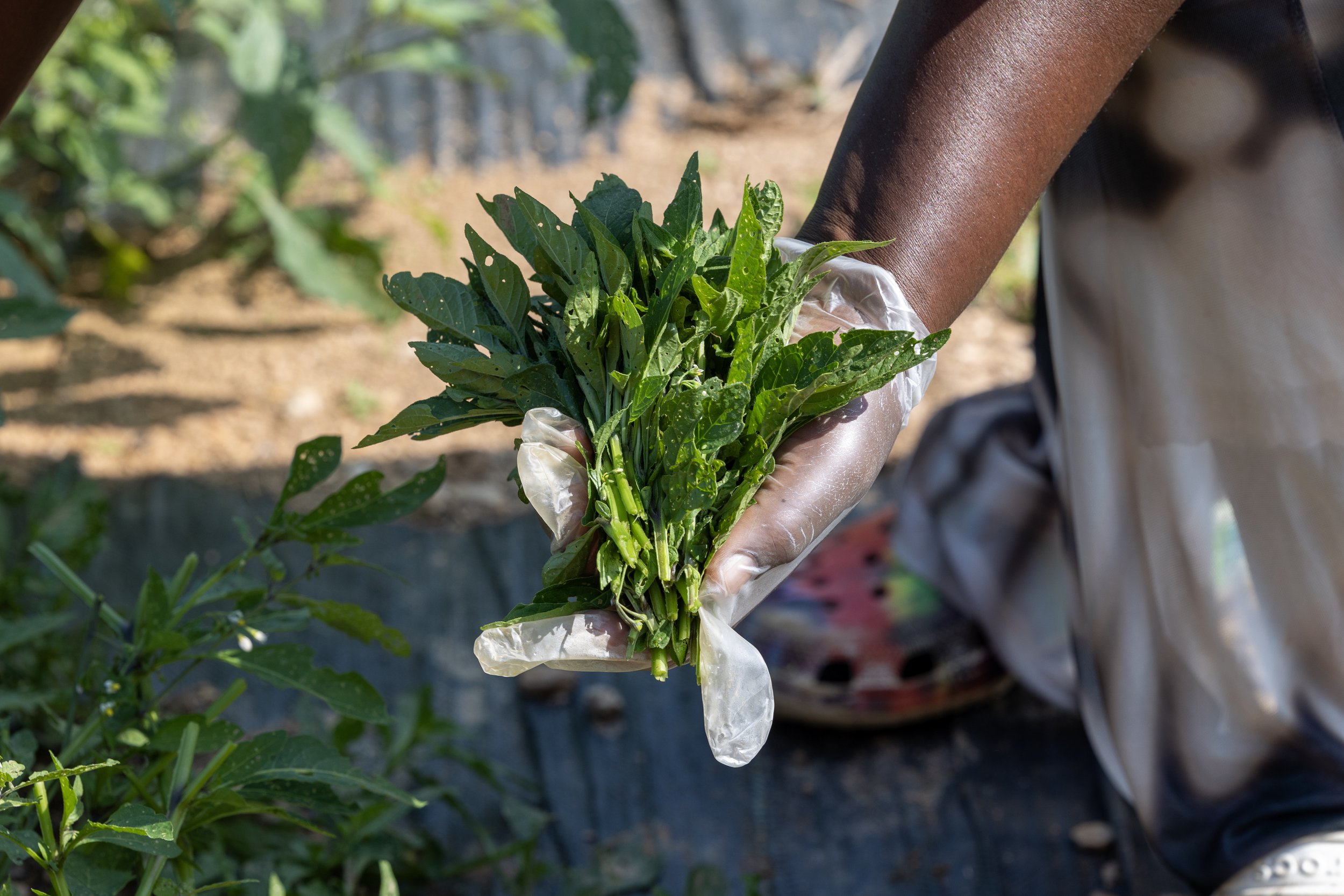As Thanksgiving approaches, many in our community continue to struggle to put food on the table. According to the USDA, 13.5 percent of households in America struggled with hunger during 2023. For households in the DMV, that same statistic is closer to 37 percent – this from the latest Hunger Report released by the Capital Area Food Bank.
To confront this issue locally, The Community Foundation recently brought together passionate donors, partners, and nonprofit leaders to explore how we can ecologically sustain our local environment while fostering healthy, thriving communities for all.
Anna Hargrave, The Community Foundation’s Executive Director for Montgomery County, kicked off the lunch by acknowledging the Montgomery County Advisory Board and donors who fueled our Food for Montgomery campaign to address the spike in food insecurity caused by the pandemic.
“COVID challenged us to stretch our imaginations about what’s possible, forge new partnerships, and find bold, creative solutions,” Hargrave noted as she praised the frontline nonprofit partners who deployed Food for Montgomery’s $2.6 million in grants to bring relief to thousands. “Now we must ask, how do we build on that incredible work to create a truly equitable, sustainable and resilient food system for all?”








Nanya Chiejine, Executive Director, and Allison Schnitzer, Food Access Initiatives Director, at the Montgomery County Food Council provided an overview of the county’s food system and the landscape of need today.
Chiejine and Schnitzer shared how even after the COVID-19 pandemic, food insecurity continues to be a major concern across the region and the country. Even as COVID cases have declined and unemployment has inched towards pre-pandemic levels, food insecurity has dramatically increased in recent years – both nationally and locally -- as inflation and the rollback of COVID-19 pandemic relief efforts have left many families struggling to put food on the table.
In Montgomery County, the Hunger Report found that food insecurity increased from 27% in 2023, to 34% in 2024 -- a sobering statistic for over 300,000 residents who live just at or below the County’s self-sufficiency standard – the amount of income needed to cover the cost for basic needs. Many of these individuals earn too much to qualify for federal nutrition benefit programs, but too little to consistently make ends meet.
Chiejine and Schnitzer were followed by two panels featuring Truphena Choti of AfriThrive and Jennifer Freeman of Community FarmShare who illuminated the connection between fresh food and health, and Lauren Goldberg of Crossroads Community Food Network and Woody Woodroof of the Red Wiggler Community Farm who discussed opportunities to leverage farms to advance economic mobility.
Here are some takeaways from the conversation:
Fresh local produce is better for people and the planet. Our partners from AfriThrive and Community FarmShare have seen firsthand how increased access to fresh foods helps improve both mental and physical health, in addition to decreasing risks for diet-related illnesses such as hypertension and heart disease.
Access to land is a major barrier to expansion of these highly effective strategies. Given that the majority of small farm owners are over the age of 65, philanthropy and government need to work together to create greater access to the next generation of farmers.
In order to be truly viable as a solution to food insecurity, organizations must incorporate both biodiversity for sustainability and culturally specific foods to meet the needs of our diverse populations.
When it comes to defining success, funders need to adapt a holistic perspective, rather than relying on limited/simplistic output numbers to determine success. For example, there are many highly nutritious greens and herbs which are key to preparing traditional dishes from other countries. However, funders that are only impressed by the total pounds of food distributed will overlook the importance of these vitally important veggies that do not weigh much. Therefore, funders should consider both overall quality and the quantity of production as well as depth of community partners.
Like agriculture itself, growth in the food industry requires time, patience, and continual cultivation – especially for young farmers and food entrepreneurs. Many of them work full-time jobs outside of their farming and lack the capital to invest in their businesses.
Combating food insecurity strengthens the local economy as every $1 in SNAP benefits generates as much as $1.80 in local economic activity. Montgomery County has the largest "SNAP Gap" in Maryland - residents who are eligible but not enrolled due to numerous barriers and the complexity of the enrollment process. Closing the "SNAP Gap" will maximize federal dollars to support both the food security of our residents and the health of our local economy.
“The Community Foundation is committed to working to ensure that everyone in our community has access to healthy and nutritious food,” reflected Hargrave at the end of the event. “We are grateful to all our donors and partners for your continued support and efforts as we work to ensure a future where no one goes hungry and everyone can prosper.”
To learn more about upcoming in-person and virtual visits plus other learning opportunities, contact Olivia Hsu at [email protected].

